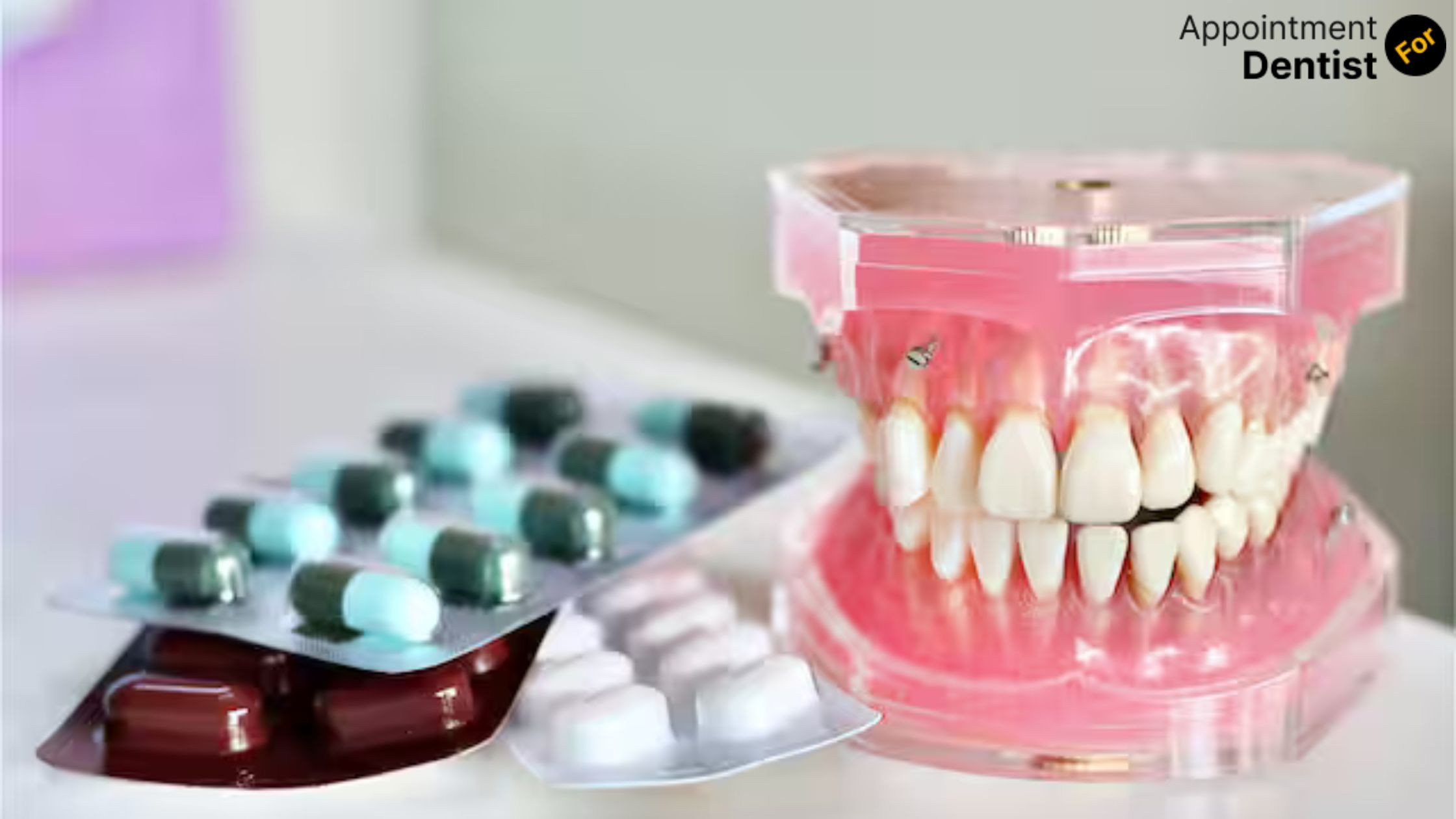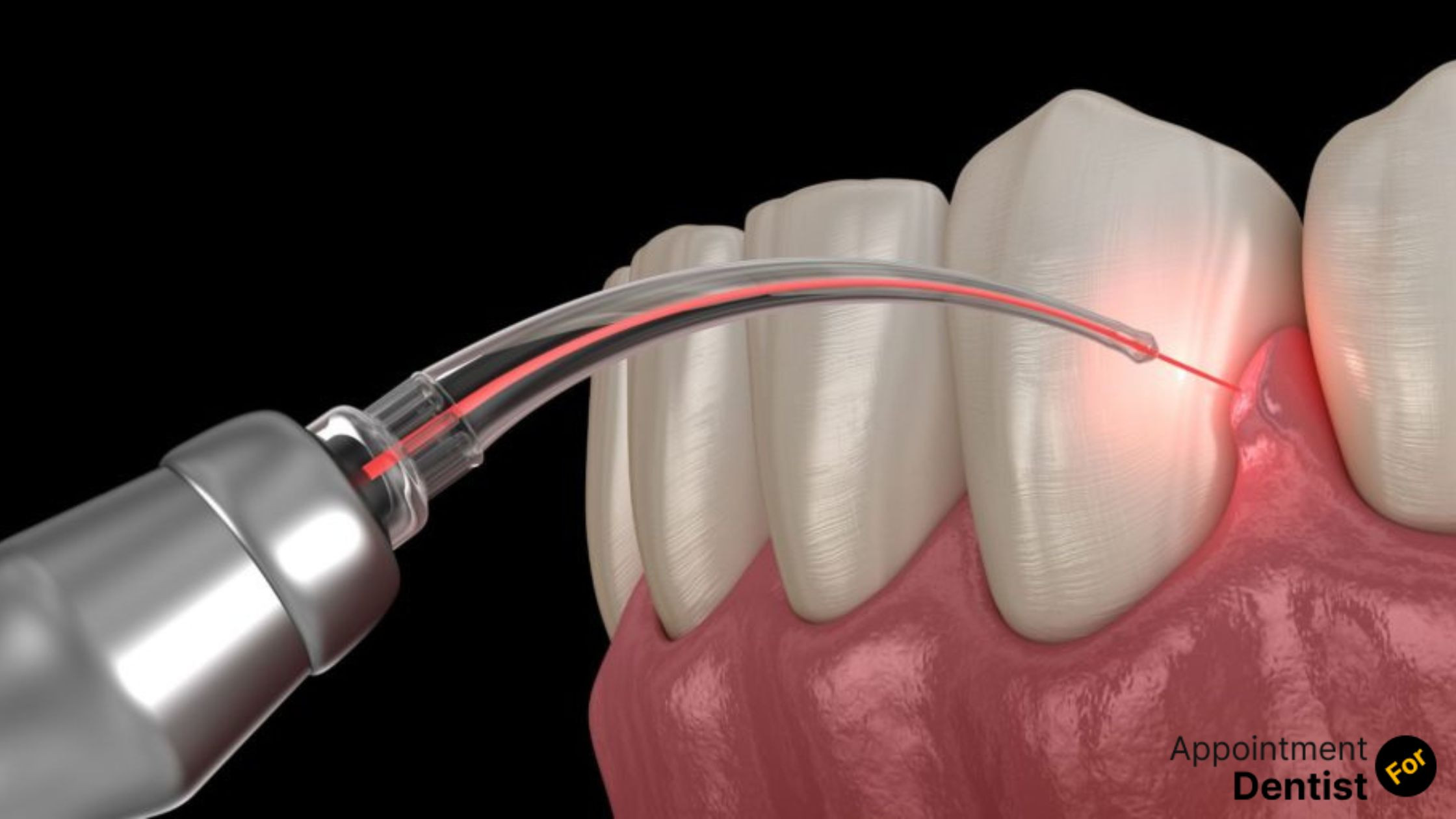Innovative Treatments for Periodontal Disease
Posted on August 05, 2024 by Admin

Innovative Treatments for Periodontal Disease
Periodontal disease, commonly known as gum disease, is a serious dental condition that causes trouble to millions of people globally. It initiates as gingivitis, which describes the inflammation and bleeding of gums, progressing into periodontitis, which can end up with loss of the tooth and other systemic complications. Fortunately, innovative treatments that can really manage, and even reverse, periodontal disease have also been discovered in the same breath as technology and methodology in dentistry.
Understanding Periodontal Disease
Before delving into the treatments themselves, one needs to first understand what periodontal disease really is. This pathology, mainly developed due to the building up of plaque on teeth, a sticky film of bacteria can take over if not removed regularly by brushing and flossing. The hardening of plaque will cause tartar, further inducing swelling and infection in the gum area. Symptoms include swollen gums, bad breath, and, in more severe cases, mobile teeth.

The Latest Choices of Periodontal Disease Treatment
-
Laser Therapy
One of the most innovative treatments for periodontal disease is laser therapy. This minimally invasive procedure involves concentrated light energy that targets and kills bacteria in the gums, with very minor potential damage to the adjoining tissues. Laser therapy may substantially reduce inflammation and enhance healing; as such, it then becomes the best solution for those patients with conditions ranging from moderate to serious periodontal diseases. The accuracy provided by lasers corresponds to less discomfort and faster recovery time as opposed to the conventional surgical technique.
-
Regenerative Procedures
Patients with advanced cases of the periodontal disease can actually be transformed by regenerative procedures. These are treatments for the rebuilding of lost gum and bone tissue. One of the latest modalities is guided tissue regeneration, which essentially involves placing a barrier membrane between gum tissue and the root of the tooth, allowing the growth of new tissue. More so, bone grafting may also be done to rebuild supporting bone structure for teeth. These procedures improve oral health and also help in the beautification of the smile.
-
Antimicrobial Treatments
The other area of innovation in the management of periodontal diseases is in the realm of antimicrobial treatments. Dentists can use antimicrobial mouth rinses or local antibiotic delivery systems that are placed right into the periodontal pockets. Such treatments reduce the bacterial load in the mouth, thereby making it easier to control the disease. Systemic antibiotics may also be prescribed in some cases to fight severe infections.
-
Oral Probiotics
Recent research has shown that oral probiotics can have a function in prevention and treatment against periodontal disease. Restitution of the natural balance by benevolent bacteria in the oral flora may offset host-damaging bacteria associated with this disease. Probiotics are taken as supplements or food, like in yogurts. In relation to this, it can now be hypothesized that using oral probiotics daily will contribute towards the general health of the gums.
-
Custom Treatment Plans
The advent of newer technologies in dentistry will now more than ever enable dentists to come up with treatment plans that are tailored for the needs of each patient. Digital imaging and 3D modeling will be able to enable a dentist to look into the extent of the periodontal disease and come up with an appropriate strategy in terms of treatment. This approach will ensure that each patient gets the best possible treatment, and his/her peculiar conditions are addressed for desirable results.
Conclusion
New treatments for periodontal diseases are changing the face of concepts related to gum care. Be it laser therapy or customized treatment plans, these new developments provide optimism to the millions of people affected by the common medical condition. Much in the prevention and treatment of periodontal disease is based on staying informed and proactive regarding your oral health. Remember that you will be a great distance ahead in keeping gum diseases at bay by visiting your dentist regularly and practicing good oral hygiene. If you suspect you have periodontal disease, don't hesitate to contact your dentist to schedule an evaluation of possible treatment options.
Faqs
-
1. What causes periodontal disease?
Periodontal disease is generally caused because of plaque buildup on the teeth. Factors such as poor oral hygiene, smoking, hormonal changes, certain medical conditions, and genetic predisposition increase the chances of developing this condition.
-
2. How can I prevent periodontal disease?
Prevention of periodontal disease is achieved through good oral hygiene, frequent brushing and flossing, periodic visits to the dentist, and proper diet. Cessation from smoking and bringing one's chronic medical conditions under control also help in preventing the occurrence of the disease.
-
3. What are the symptoms of periodontal disease?
The typical symptoms include swollen or bleeding gums, halitosis, receding gums, and loose teeth. If you have any of these symptoms, then you should seek the advice of a dentist promptly.
-
4. Can periodontal disease be reversed?
In most cases, periodontal disease is reversed in the early stages of its attack. Advanced stages need more intensive treatment for a critical situation, which may involve surgical procedures.
-
5. How often should I see a dentist for periodontal disease?
For those who have periodontal disease, it's usually advisable to visit the dentist for cleaning and evaluation every three to four months. This aids in keeping an eye on the condition of the disease and ascertains that the treatment being performed is working correctly.
Recent Post
- The Importance of Oral Health Education for Children
- How to Choose the Right Orthodontic Treatment for Adults
- The Link Between Oral Health and Stroke Risk
- How to Address and Prevent Gum Recession
- Innovations in Dental Anesthesia: Pain-Free Procedures
- The Role of Saliva in Oral Health: Functions and Disorders
- Exploring Holistic Dentistry: What You Need to Know
- How Oral Health Affects Your Immune System
- The Benefits of Using Dental Probiotics
- Oral Health and Pregnancy: Myths and Facts